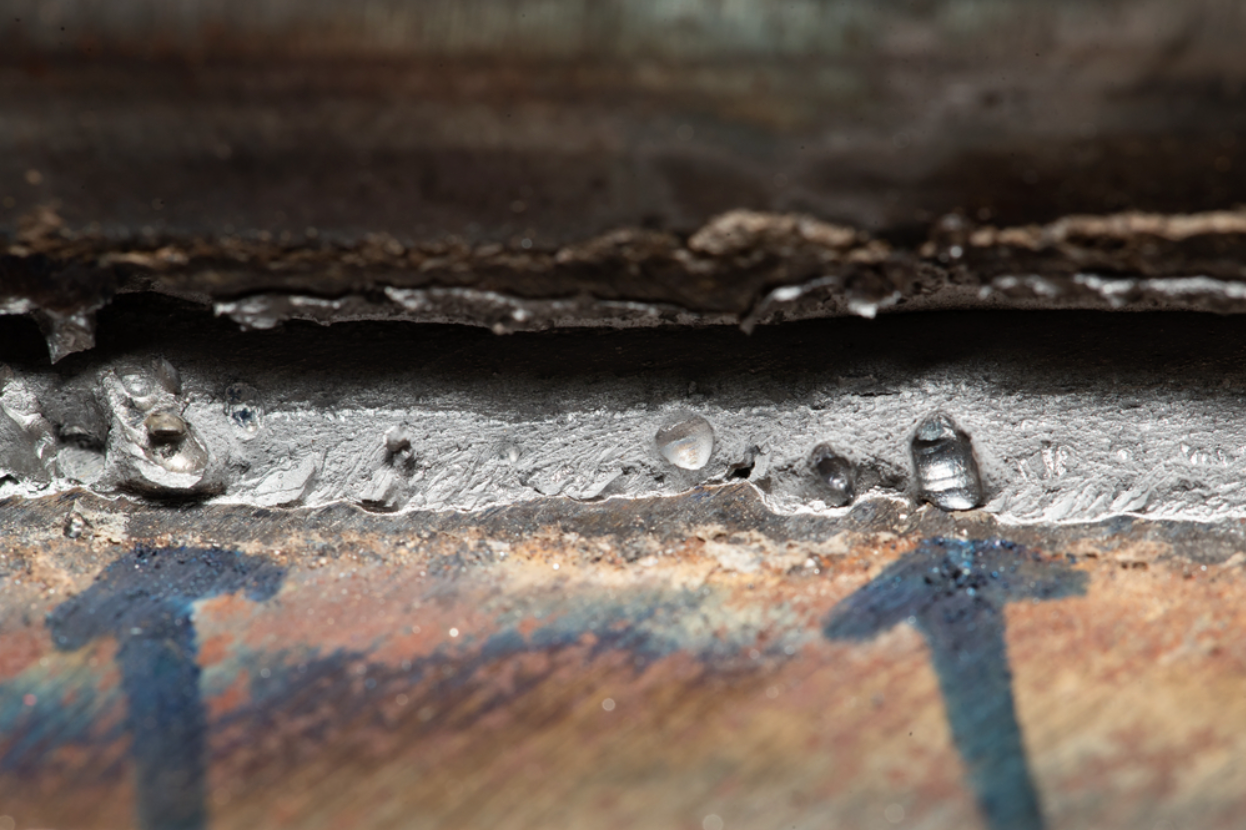Professional Strategies for Preventing Weld Undercut Efficiently
Professional Strategies for Preventing Weld Undercut Efficiently
Blog Article
Understanding the Art of Welding: How to Prevent Undercut Welding Issues for Flawless Manufacture Results
Effectiveness and accuracy are critical worldwide of welding, where even the smallest blemish can compromise the structural stability of a made piece. One typical obstacle that welders face is damaging, a problem that can deteriorate a weld joint and lead to costly rework. By comprehending the origin causes of undercut welding and executing reliable strategies to avoid it, welders can raise their craft to brand-new degrees of quality (Preventing weld undercut). In the search of flawless fabrication results, grasping the art of welding to stay clear of undercut concerns is not simply an ability but a necessity for those pursuing excellence in their job.
Understanding Undercut Welding

To protect against undercut welding, welders ought to make certain proper welding criteria, such as adjusting the present, voltage, traveling speed, and preserving the proper electrode angle. Furthermore, making use of the appropriate welding method for the details joint configuration is necessary. Employing weaving motions or backstepping methods can aid ensure appropriate weld steel deposition and reduce the possibility of undercut development. Normal inspection of welds during and after the welding process is likewise critical to catch any type of undercut early and make needed changes to stop additional issues. Preventing weld undercut. By comprehending the causes of undercut welding and applying preventative measures, welders can accomplish top notch, structurally audio welds.
Reasons of Undercut in Welding
Comprehending the variables that contribute to damage in welding is essential for welders to create top quality, structurally audio welds. Poor welding current or inaccurate welding rate can additionally contribute to undercut. Comprehending these reasons and implementing appropriate welding strategies can help protect against undercutting issues, making sure resilient and solid welds.
Strategies to avoid Undercutting

To minimize the risk of undercutting in welding, welders can utilize calculated welding strategies focused on enhancing the quality and integrity of the weld joints. One efficient technique is to change the welding criteria, such as voltage, existing, and take a trip rate, to make certain proper heat input and deposition. Maintaining a suitable electrode angle and guaranteeing consistent travel speed can also help prevent undercut. Additionally, using the appropriate welding technique for the particular joint setup, such as weave or stringer beads, can contribute to reducing undercutting. Preventing weld undercut.
Moreover, appropriate joint preparation, including making certain tidy base materials without contaminants and making use of the proper welding consumables, is important in avoiding undercut defects. Using back-step welding methods and controlling the weld grain account can also aid disperse heat equally and reduce the risk of undercut. Normal evaluation of the weld joint throughout and top article after welding, in addition to executing top quality assurance measures, can help in attending to and spotting damaging issues immediately. By carrying out these strategies vigilantly, welders can attain perfect manufacture results with very little undercut issues.
Significance of Appropriate Welding Criteria
Selecting and maintaining proper welding criteria is essential for accomplishing successful welds with very little issues. Welding parameters refer to variables such as voltage, current, travel speed, electrode angle, and protecting gas circulation price that straight influence the welding procedure. These parameters should be thoroughly changed based upon the kind of product being bonded, its click here now thickness, and the welding strategy used.
Correct welding criteria ensure the appropriate quantity of warmth is related to thaw the base steels and filler product evenly. If the criteria are established too expensive, it can bring about too much warmth input, creating distortion, spatter, or burn-through. On the other hand, if the parameters are too reduced, insufficient combination, lack of penetration, or undercutting might happen.
Quality Control in Welding Operations

Final Thought
To conclude, understanding the art of welding needs an extensive understanding of undercut welding, its causes, and strategies to stop it. By guaranteeing proper welding specifications and executing quality guarantee practices, remarkable construction outcomes can be accomplished. It is important for welders to continually aim for excellence in their welding procedures to avoid undercut problems and produce top notch welds.
Undercut welding, a typical issue in welding processes, takes place when the weld metal does not properly fill up the groove and leaves a groove or depression along the welded joint.To protect against undercut welding, welders ought to ensure appropriate welding criteria, such as adjusting the present, voltage, traveling speed, and keeping the correct electrode angle. Insufficient welding existing or incorrect welding speed can likewise add to damage.To reduce the danger of damaging in welding, welders can employ calculated welding strategies aimed at improving the high quality page and honesty of the weld joints.In conclusion, grasping the art of welding needs a thorough understanding of undercut welding, its causes, and methods to avoid it.
Report this page